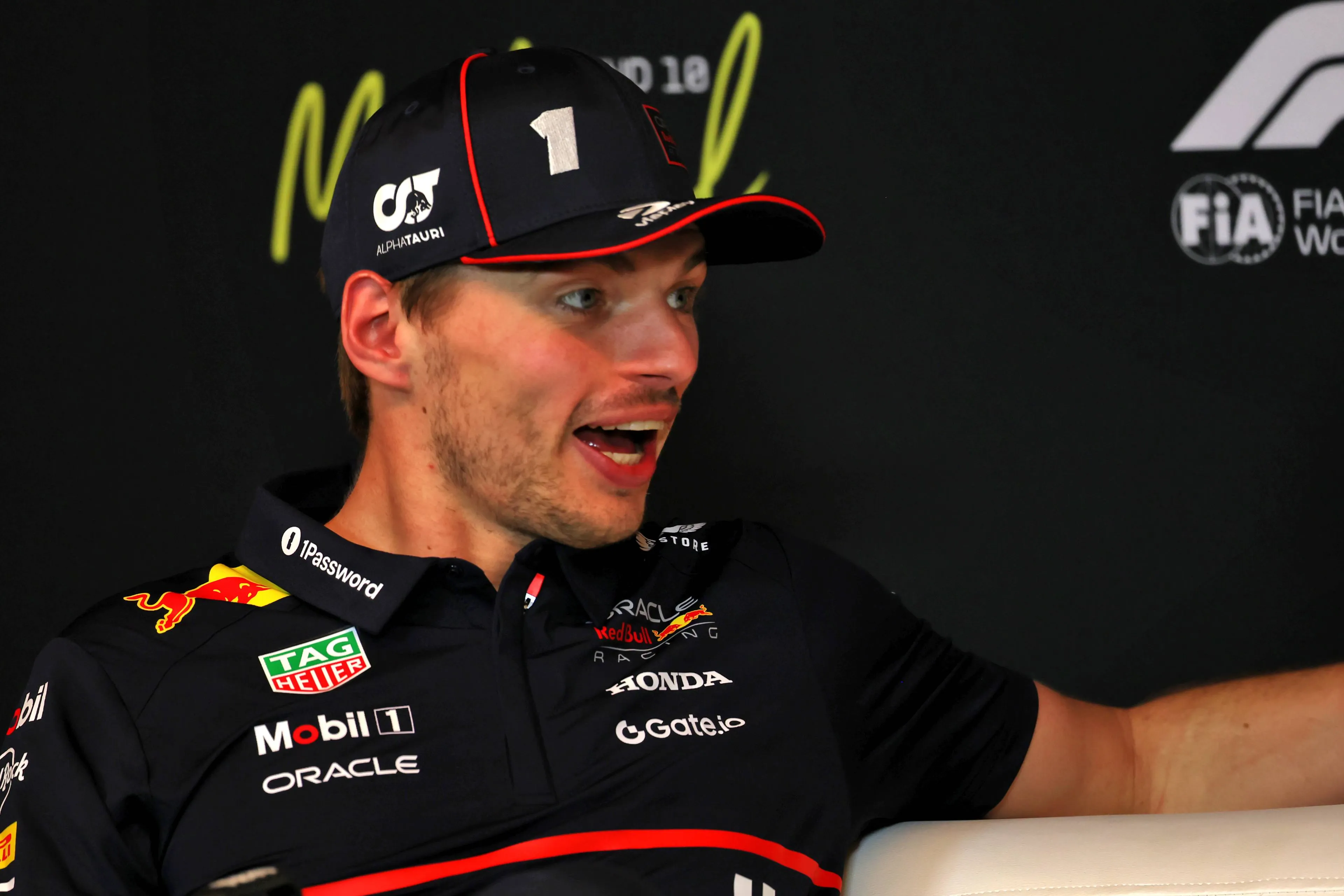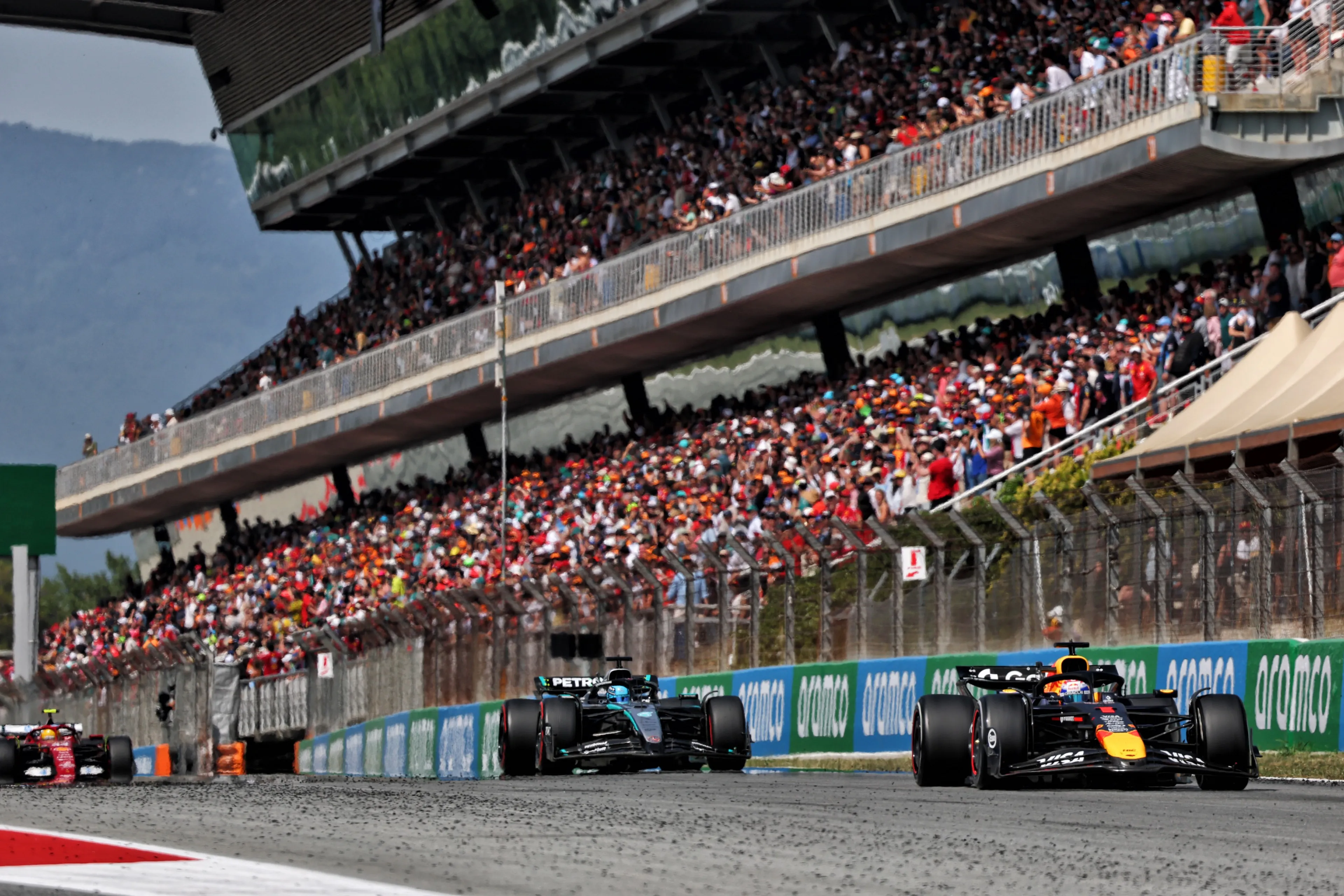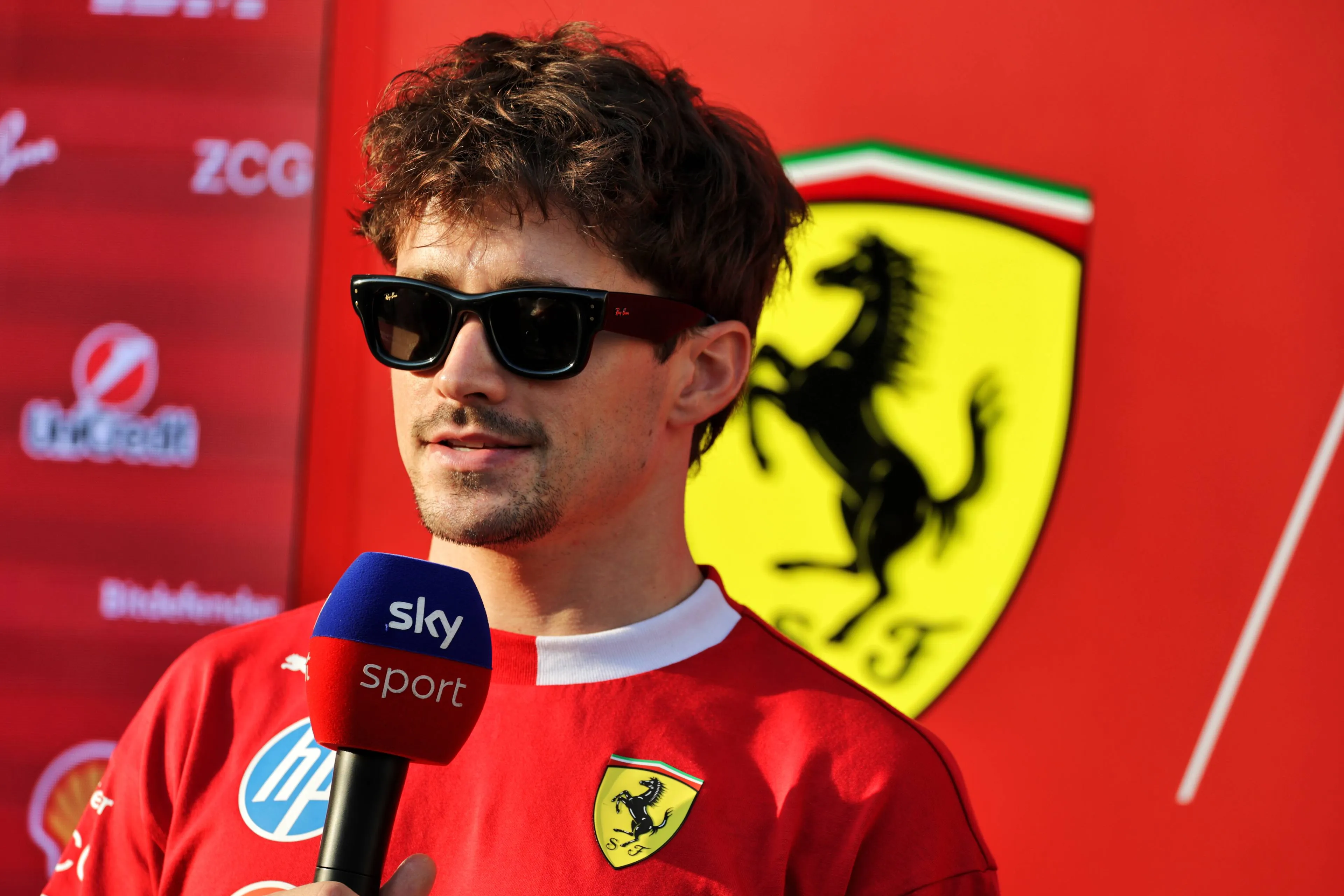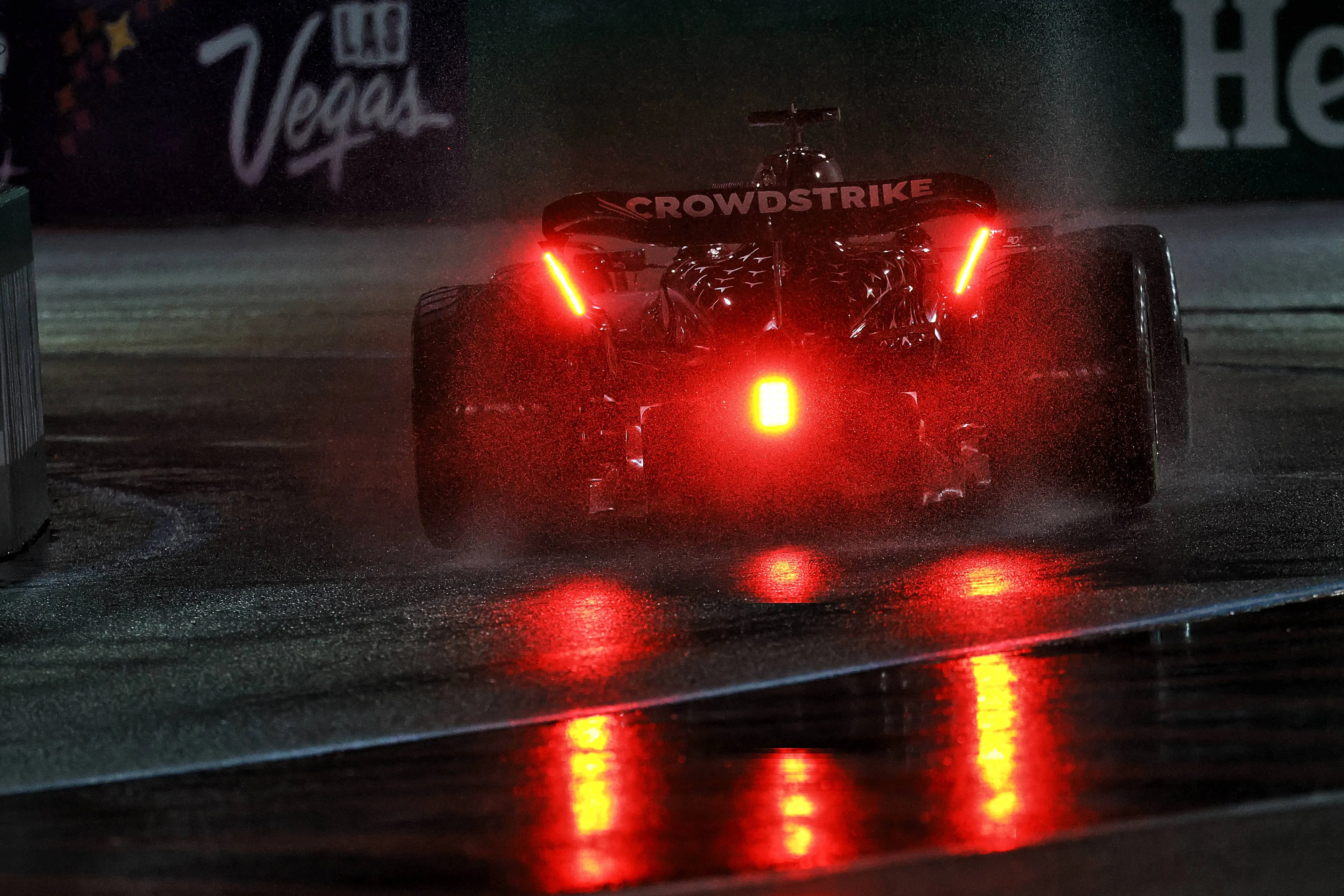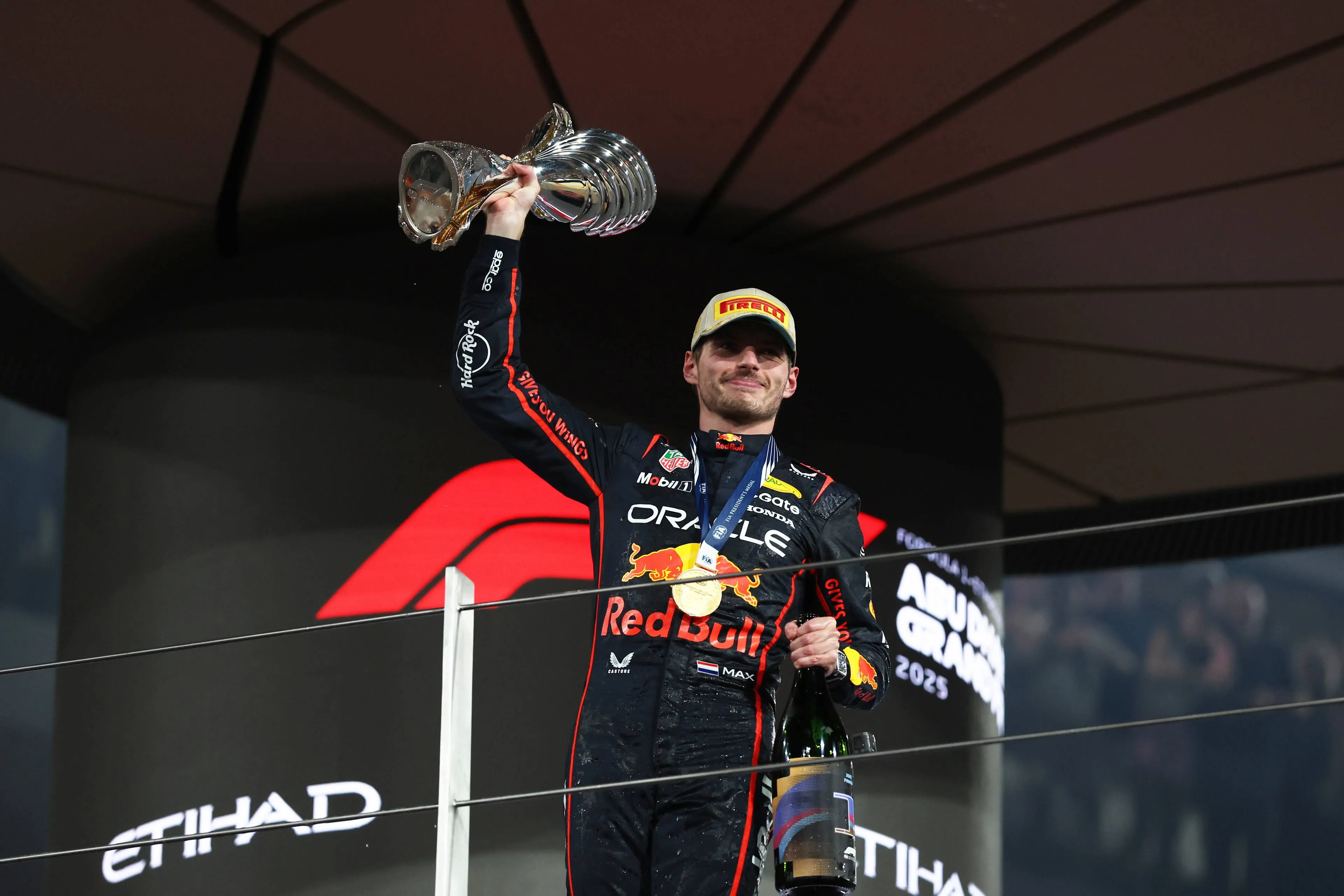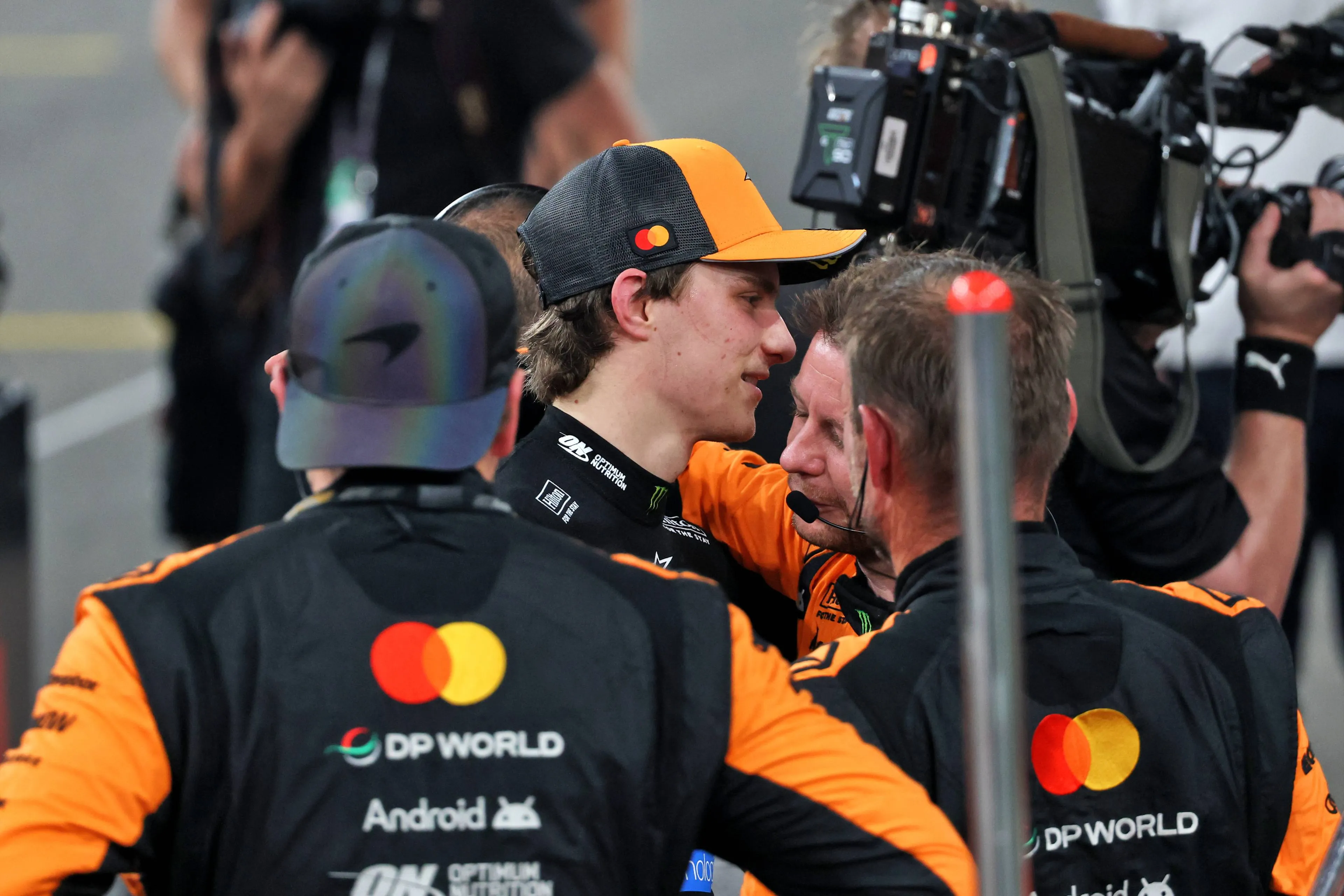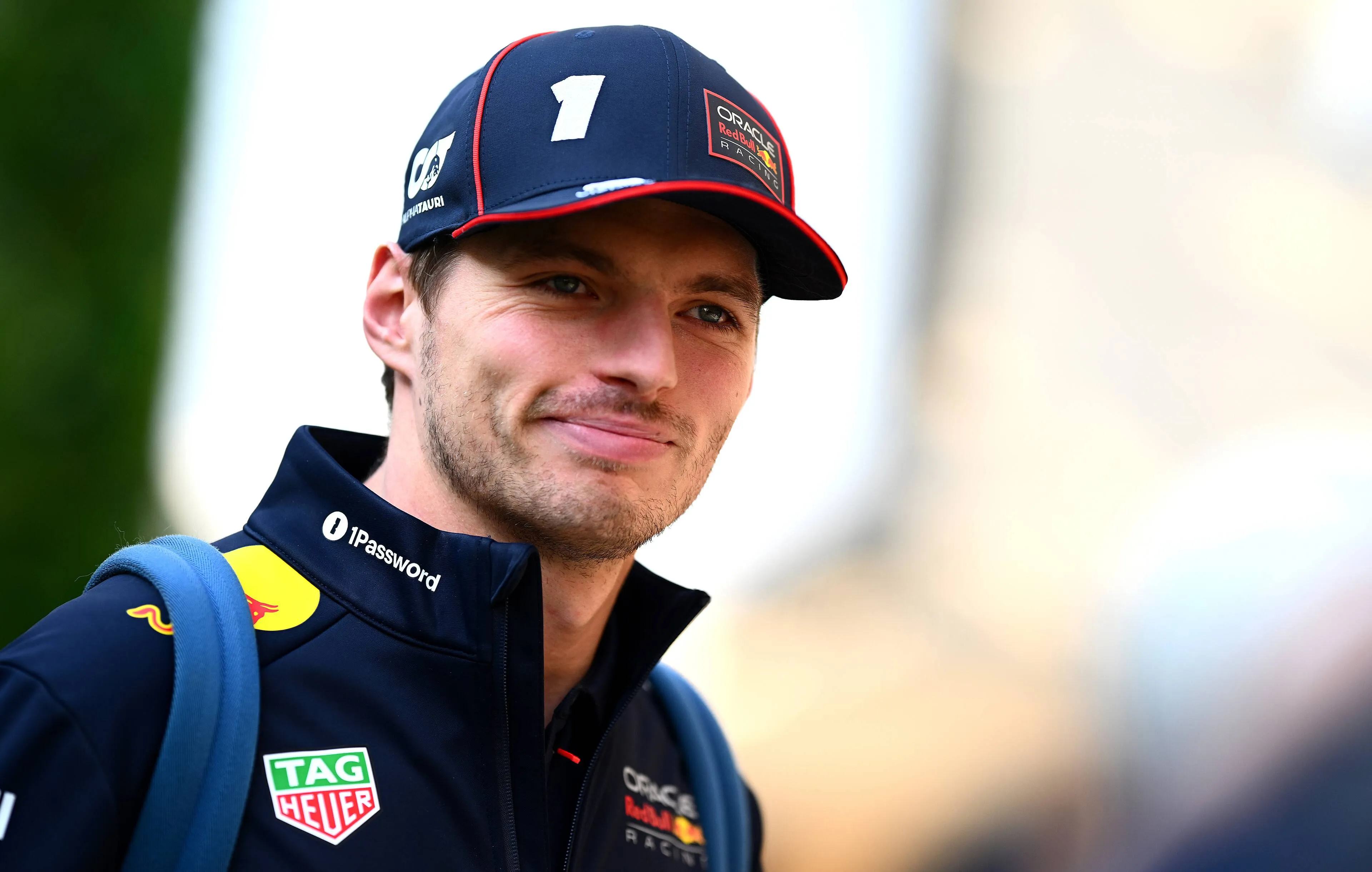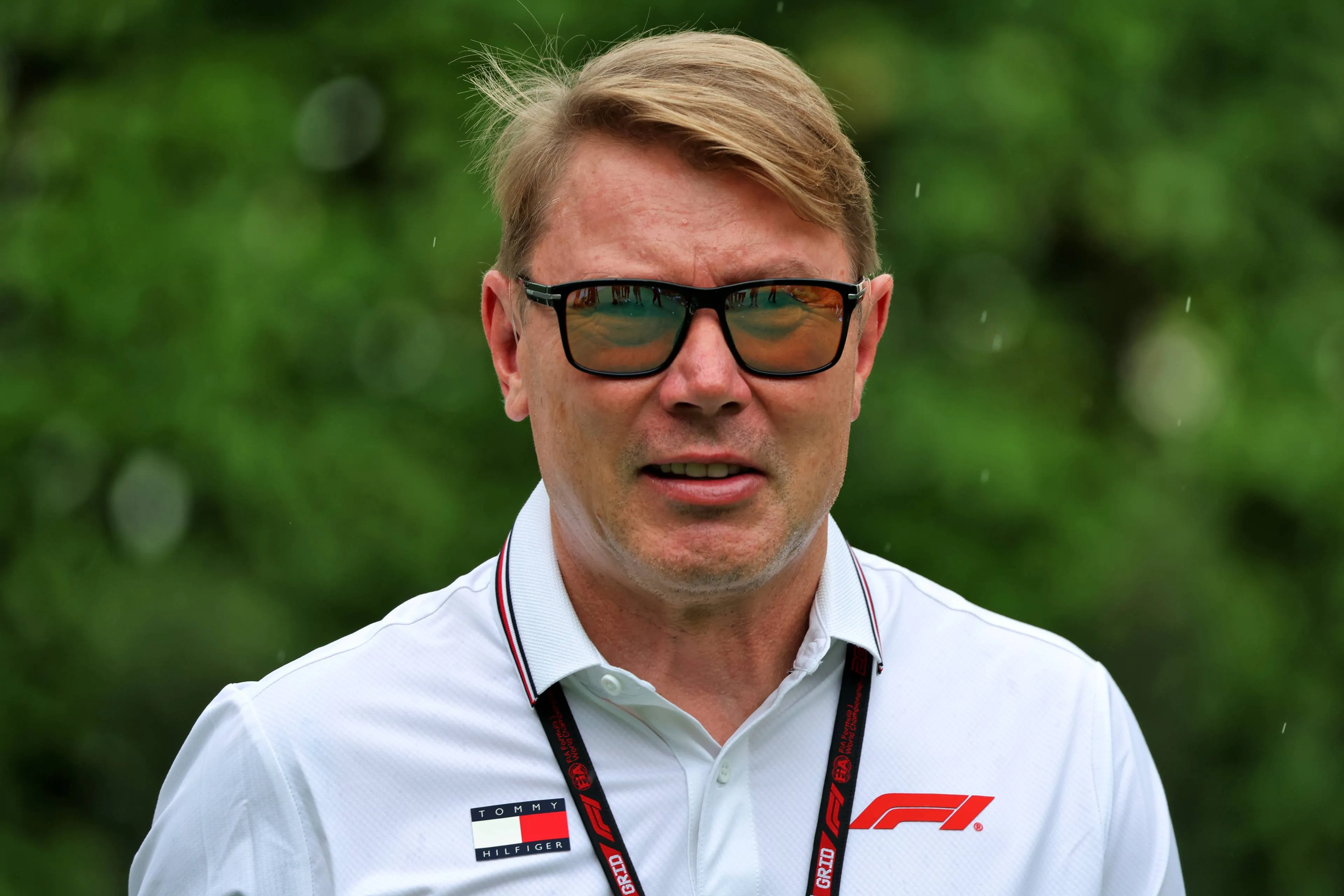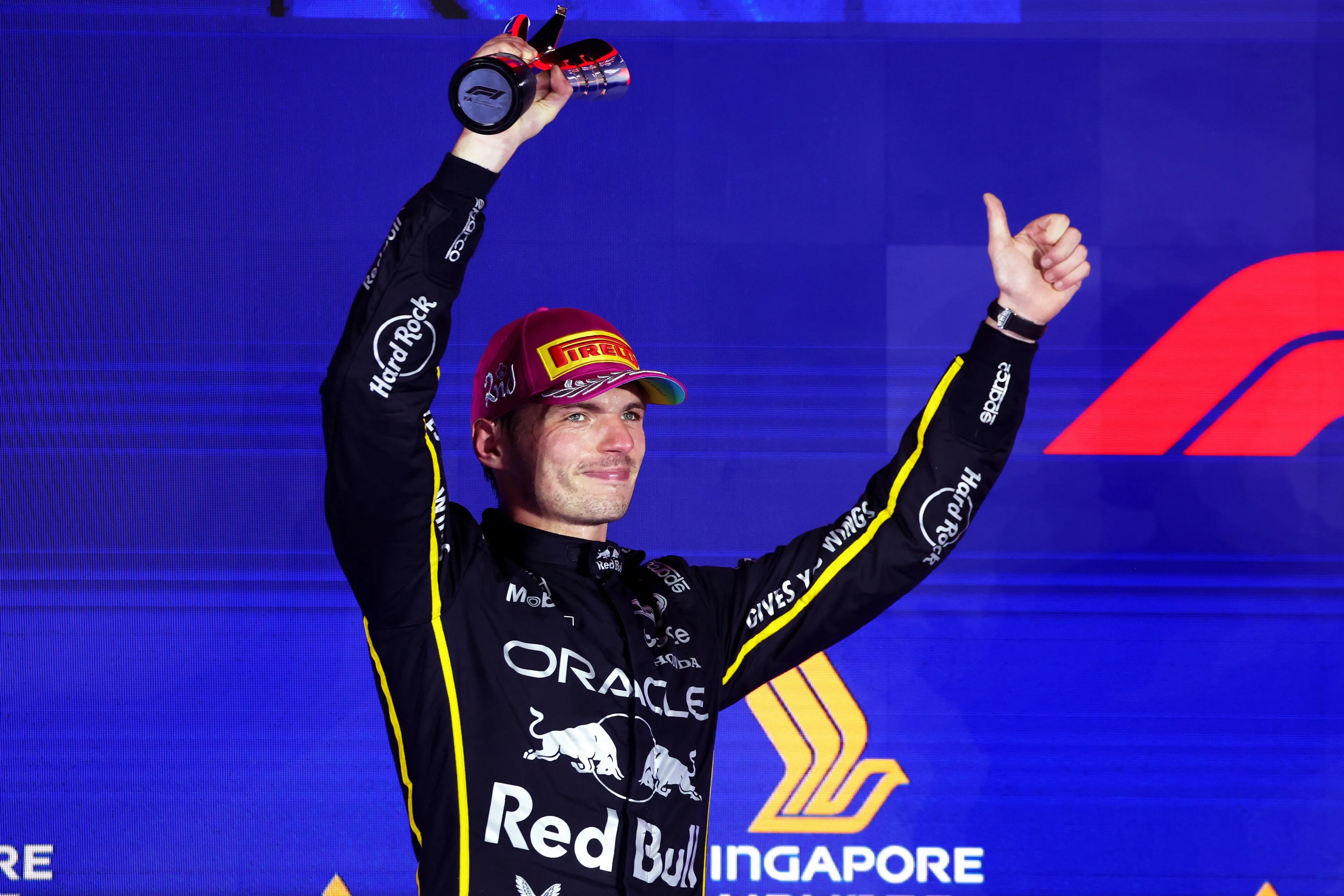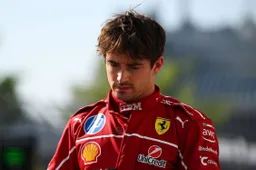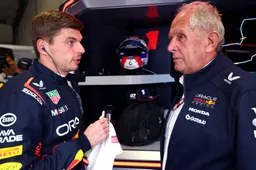McLaren's new upgrades tailored for Norris might be key for the Austrian Grand Prix
13:10, 27 Jun
0 Comments
McLaren has brought a fresh round of upgrades to the Austrian Grand Prix, with a focus on rear-end stability and driver-specific refinements, particularly aimed at enhancing Lando Norris’ confidence in the car.
While not revealing full details, McLaren Technical Director Neil Houldey confirmed the team has introduced changes designed to improve stability on corner entry, an area Norris has highlighted in recent feedback.
“You’ll have seen changes up and down the grid in terms of rear suspension. We’ve added something we believe will offer more stability at corner entry,” Houldey said to the media including GPblog. “It’s a development area we’re continuing to evolve, especially as aero gains become harder to find.”
McLaren upgrades are Norris-specific
However, it is suggested that Piastri might not be receiving these upgrades yet as Houldey mentions "we will be running everything [the upgrades] eventually on both cars".
According to Houldey, the upgrades are not only performance-driven but also tailored to better suit Norris’ driving style.
“We’ve got a good understanding now of what Lando needs. Some of these upgrades have been biased toward his comments. We’re making small but meaningful improvements that have already helped in recent races — and will continue to do so.”
With McLaren closing the gap to the front in recent rounds, these targeted upgrades could prove pivotal in sustaining their momentum through the summer.
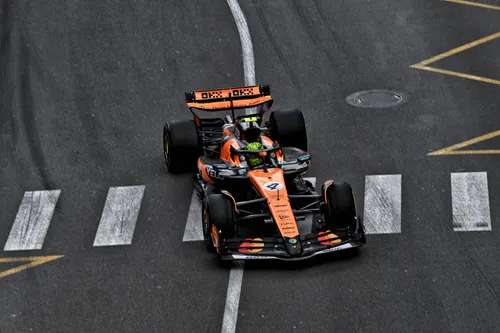
Lando Norris driving during the 2025 Formula 1 season
Houldey: The 2026 car 'feels different' for McLaren drivers
Houldey went on to confirm that McLaren drivers have sampled early versions of the 2026 car in the simulator. While he stopped short of calling the feedback negative, he acknowledged the car “feels different,” with a notable shift in how it behaves on corner exits and under braking.
“The feedback is that it's different,” Houldey said. “It’s got more power on corner exits, and the way it reacts on the straights and into corners will change. But we think it’ll still offer interesting racing.”
The FIA has already made significant progress on locking in the 2026 regulations, but teams are still awaiting clarification on certain aspects — particularly around energy recovery, deployment modes, and how the car behaves in different phases of a lap.
“There are still a few mechanical points we really need to fix soon to develop in those areas,” Houldey explained. “But the things left now are more control-based — the kind that can be changed later without impacting early development.”
Read also
Read more about:
Popular on GPBlog

1
Piastri spills on McLaren’s ‘papaya rules’ after Norris' title win
4559 times read
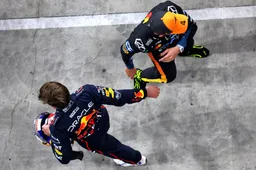
2
Final F1 Drivers' Standings | Norris edges out Verstappen to take the title
4521 times read
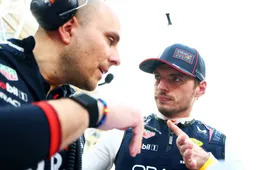
3
Lambiase emotional after a tough season alongside Verstappen
3519 times read
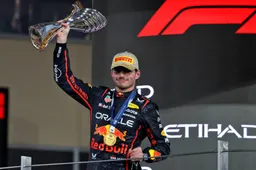
4
Verstappen teases 2026 car number choice after title defeat to Norris
3462 times read
Loading


